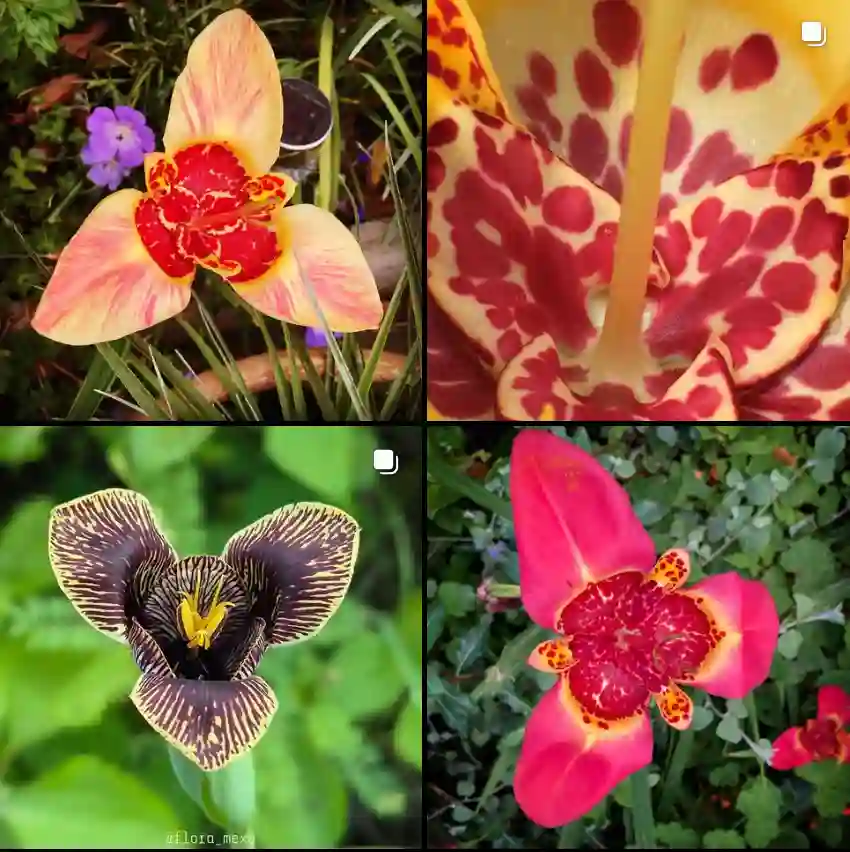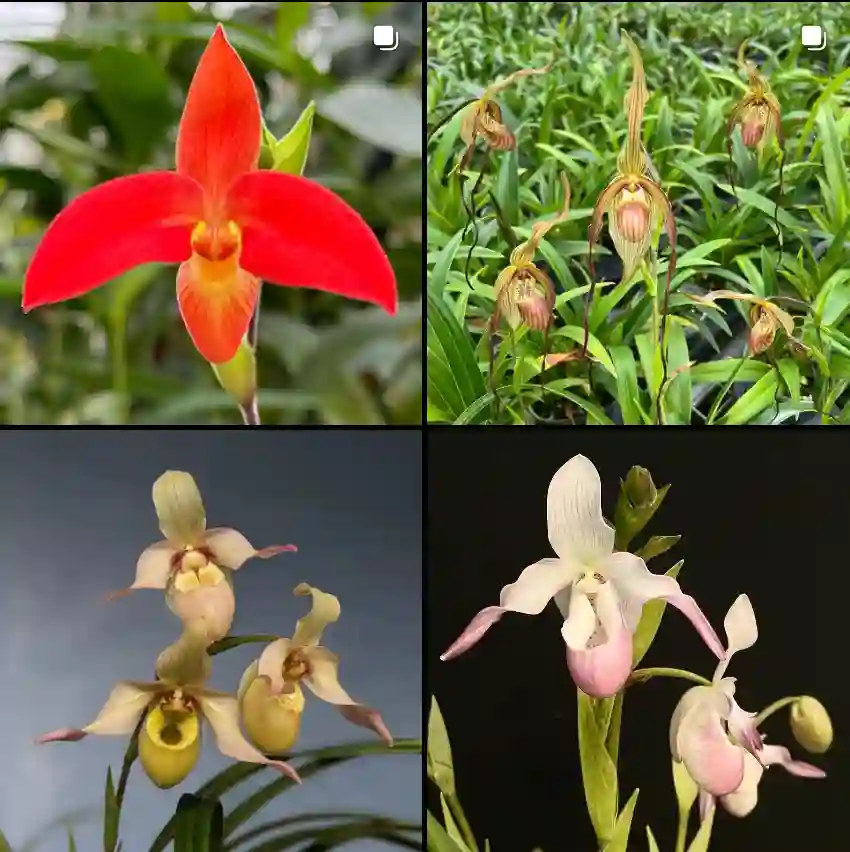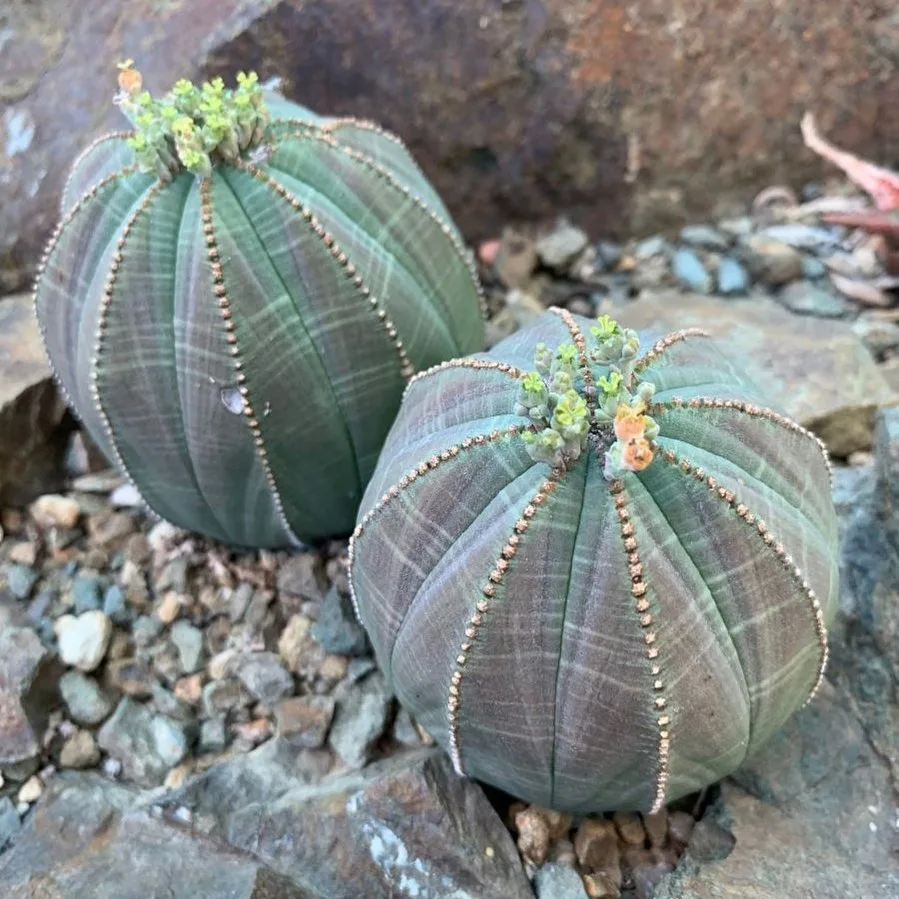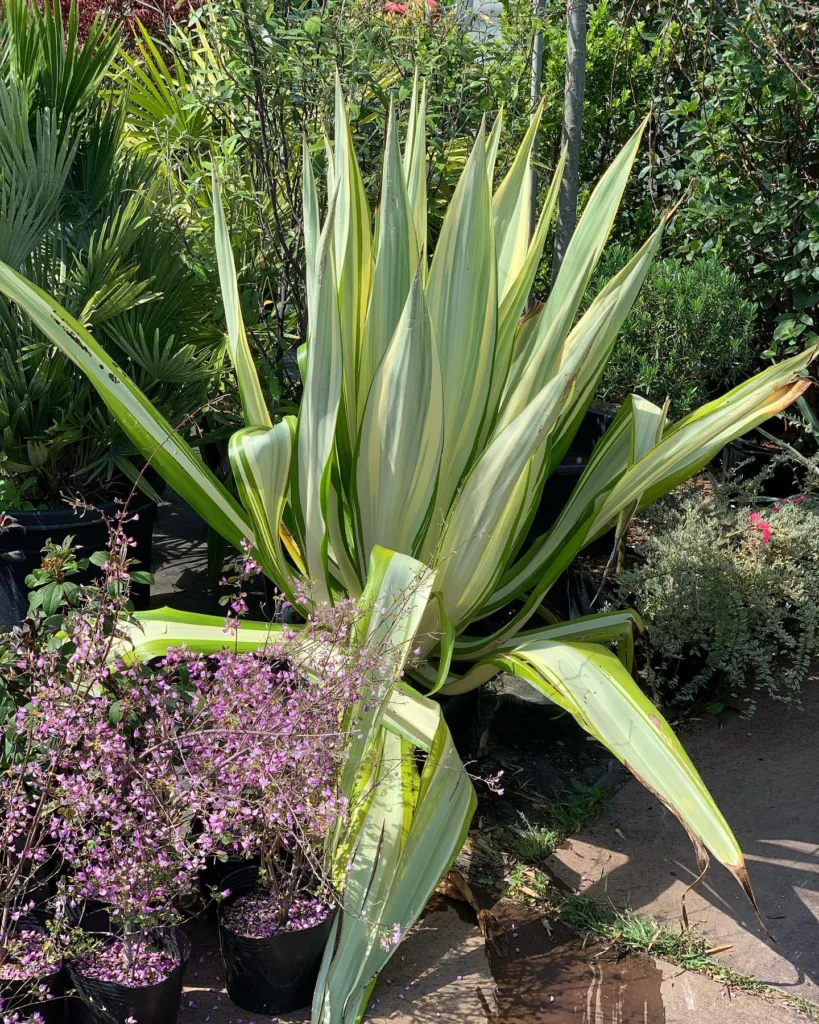Alternanthera Sessilis: Your Ultimate FAQ Guide
Alternanthera Sessilis, often referred to as the Sessile Joyweed or Red Calico Plant, is an intriguing addition to any garden or indoor space. As someone who’s dived into the world of this unique plant, I’ve come across a myriad of questions and curiosities. Here’s a comprehensive guide based on my experiences and research to help you get acquainted with Alternanthera Sessilis.
106 Species in Genus Alternanthera
What Is Alternanthera Sessilis?
Alternanthera Sessilis is a perennial plant native to the tropics. It’s known for its striking foliage that can range from vibrant reds to rich greens. This plant can be used both as a ground cover and in container gardens. Its leaves are often used in traditional medicine, and it’s also a popular choice for ornamental purposes due to its colorful appearance.
How to Grow Alternanthera Sessilis?
Growing Alternanthera Sessilis is relatively straightforward if you follow some key guidelines:
- Climate and Soil: This plant thrives in warm climates, ideally between 60°F and 85°F. It prefers well-drained, rich soil, though it can adapt to various soil types. Ensure that the soil is kept consistently moist but not waterlogged.
- Sunlight: Alternanthera Sessilis loves the sun. Place it in a location where it will receive full sunlight for at least six hours a day. If growing indoors, ensure it gets ample light, possibly using grow lights.
- Watering: Regular watering is essential, especially during the growing season. However, be cautious not to overwater, as this can lead to root rot.
- Fertilization: Feed the plant with a balanced fertilizer every few weeks during the growing season to encourage healthy growth and vibrant colors.
Does Alternanthera Sessilis Grow Wild in Florida?
Yes, Alternanthera Sessilis can indeed grow wild in Florida. It’s well-suited to the warm, humid conditions found in the state. In Florida, it’s often found in wet, marshy areas, making it a good candidate for garden ponds or water gardens. The plant can spread quickly under the right conditions, so keep an eye on its growth to manage its spread.
How to Care for Alternanthera Sessilis?
Caring for Alternanthera Sessilis involves a few straightforward steps:
- Pruning: Regular pruning helps maintain the plant’s shape and encourages bushier growth. Trim back any leggy or dead stems to keep the plant looking its best.
- Pest Control: Watch out for common pests like aphids or spider mites. Use organic insecticides or natural predators to manage these issues.
- Disease Management: Ensure good air circulation around the plant to prevent fungal diseases. If you notice any signs of disease, such as yellowing leaves or mold, address them promptly.
How to Propagate Alternanthera Sessilis?
Propagating Alternanthera Sessilis is quite simple:
- Cuttings: Take 4-6 inch cuttings from a healthy plant. Remove the lower leaves and dip the cut end in rooting hormone. Plant the cutting in a pot with a mix of potting soil and perlite.
- Seeds: Alternanthera Sessilis can also be grown from seeds. Sow the seeds in a seed tray filled with seed-starting mix and keep them moist. Transplant the seedlings once they have a few sets of true leaves.
What to Plant with Alternanthera Sessilis?
Alternanthera Sessilis pairs well with a variety of plants. Consider companion plants that complement its vibrant colors and growth habits:
- Coleus: The bold colors of Coleus can enhance the visual impact of Alternanthera Sessilis.
- Caladium: Their contrasting foliage can create an attractive garden display.
- Impatiens: These shade-loving plants work well in mixed containers or shaded garden spots.
Can You Grow Alternanthera Sessilis Indoors?
Yes, Alternanthera Sessilis can be grown indoors. It needs bright, indirect light to thrive, so place it near a sunny window or use grow lights. Indoor plants may require less frequent watering compared to outdoor ones, so keep an eye on the soil moisture levels.
Is Alternanthera Sessilis Toxic?
Alternanthera Sessilis is generally considered non-toxic. However, as with many plants, it’s best to keep it out of reach of pets and small children to avoid any accidental ingestion.
Benefits of Alternanthera Sessilis
- Ornamental Appeal: Its vibrant foliage makes it a stunning addition to any garden or indoor space.
- Traditional Uses: In some cultures, it’s used in traditional medicine for its supposed health benefits.
- Easy Care: With minimal requirements, it’s a low-maintenance plant that adds beauty with little effort.
Common Problems with Alternanthera Sessilis
- Overwatering: This can lead to root rot. Ensure proper drainage and avoid waterlogging.
- Pest Infestations: Keep an eye out for pests and address any issues promptly.
- Sunburn: If grown in too much direct sunlight, the leaves may scorch. Provide some shade if necessary.
How Does Alternanthera Sessilis Compare with Similar Plants?
Alternanthera Sessilis is often compared to other Alternanthera species like Alternanthera Little Star. While both share similar care requirements, Sessilis tends to have more vibrant colors and can grow larger. Additionally, Alternanthera Sessilis is known for its adaptability to wet conditions, making it a good choice for water gardens.
In summary, Alternanthera Sessilis is a versatile and eye-catching plant that can enhance any garden or indoor space. With its vibrant colors, easy care, and ability to thrive in various conditions, it’s a great choice for both experienced and novice gardeners.
If i die, water my plants!



